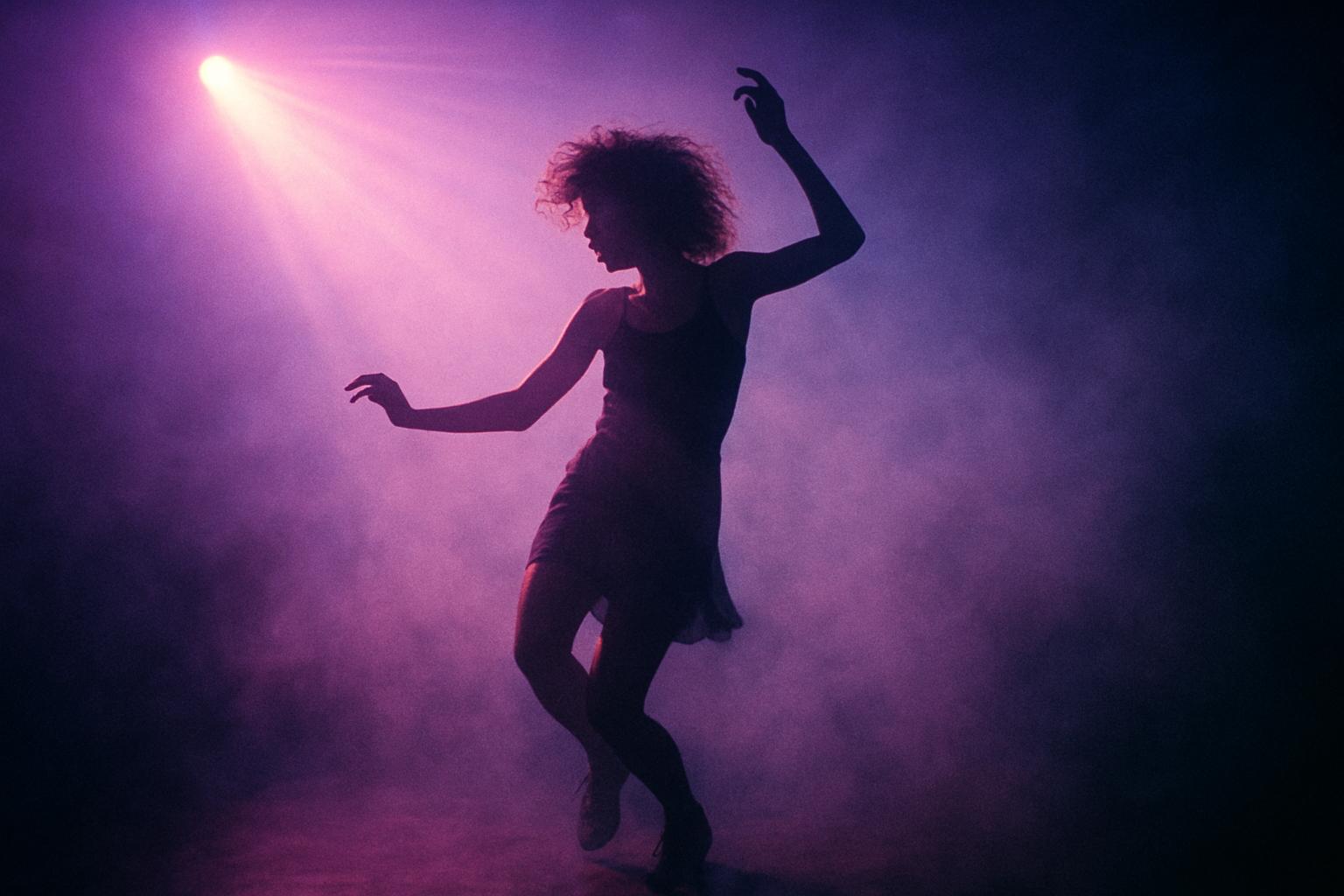The Limelight nightclub in London’s West End holds a special place in the cultural memory of the 1980s. For that decade, it was the epicentre of fashion, music, and celebrity nightlife, attracting an illustrious roster of pop icons and cultural figures. David Koppel, then a relatively inexperienced photographer, found himself in a unique position as the club’s house photographer, capturing behind-the-scenes moments of luminaries such as George Michael, Boy George, Billy Idol, and many others in an intimate and candid setting.
Koppel’s photographic journey began with nervousness and hesitation, as he transitioned from a junior assistant in a photographic studio to capturing celebrities often caught unawares, occasionally tipsy, in the dark, atmospheric club. Initially agreeing to work only a single night, his one-night tenure extended to a year before launching his broader career as a paparazzo. His images offer a rare window into the nightlife of Thatcher’s Britain, a time marked by flamboyant fashion, booming pop culture, and a society embracing hedonism. The Limelight itself was housed in a striking Grade II-listed former Welsh Presbyterian church, with its gothic architectural elements providing a theatrical backdrop to the glamorous scenes Koppel immortalised.
Beyond the dance floor and musical acts, it was the private VIP room where Koppel took some of his most compelling photographs, illuminated only by candlelight. These moments captured celebrities in unguarded moods, relaxed and interacting candidly away from public scrutiny—a dynamic difficult to replicate in today’s era of pervasive social media and smartphones. Koppel reflects on the loss of privacy and innocence that defined that era, contrasting it with today’s environment where “everybody’s a photographer and everybody’s a model.”
The Limelight was operated by Peter Gatien, who had established a nightclub empire with similar venues in major US cities. London’s iteration quickly gained legendary status, even attracting a visit from the then Prince Charles in the late 1990s. After its closure in 2003, the venue transitioned into an Australian sports bar and underwent several transformations. At a time of recent real-estate interest, the building was put up for auction with a guide price of £14.75 million, reflecting its prime West End location and historical significance.
Following its nightclub days, the Limelight’s unique architecture and cultural cache have sparked new uses. The building was taken over in 2012 by the Oubliette art collective, who sought to honour its rich artistic and musical heritage by transforming the space into an art gallery and performance venue. More recent plans envisage its role as a performance arts venue, weaving together its origins as a church, club, and cultural hub. Event spaces like The Winter House have also used the venue for themed occasions, capitalising on its vast 4,800 square feet and striking 19th-century domed ceiling.
Koppel’s photographs, soon to be published in a book titled Limelight, serve as a nostalgic celebration of the vibrant nightlife of the 1980s. The book features iconic figures and intimate snapshots—from Billy Idol dancing with his girlfriend, to the flamboyant artist Leigh Bowery in outrageous costumes, and candid moments involving Lemmy of Motorhead, Iggy Pop, and many others. Koppel has noted with sadness the passing of many from that scene, including George Michael, Robbie Coltrane, and Shane MacGowan, highlighting the photographs as a poignant archive of a bygone era.
An accompanying exhibition of Koppel’s work is planned for October at the Zebra One Gallery in London, renewing public interest in the ephemeral magic of the Limelight and its place in UK cultural history. His reflections on the transformation of celebrity culture and nightlife serve as both a tribute and a reminder of the changing landscapes of privacy, fame, and artistic expression.
📌 Reference Map:
- Paragraph 1 – [1], [2], [4]
- Paragraph 2 – [1], [2]
- Paragraph 3 – [1], [3], [5]
- Paragraph 4 – [1], [4], [5], [6], [7]
- Paragraph 5 – [1], [2]
Source: Noah Wire Services
